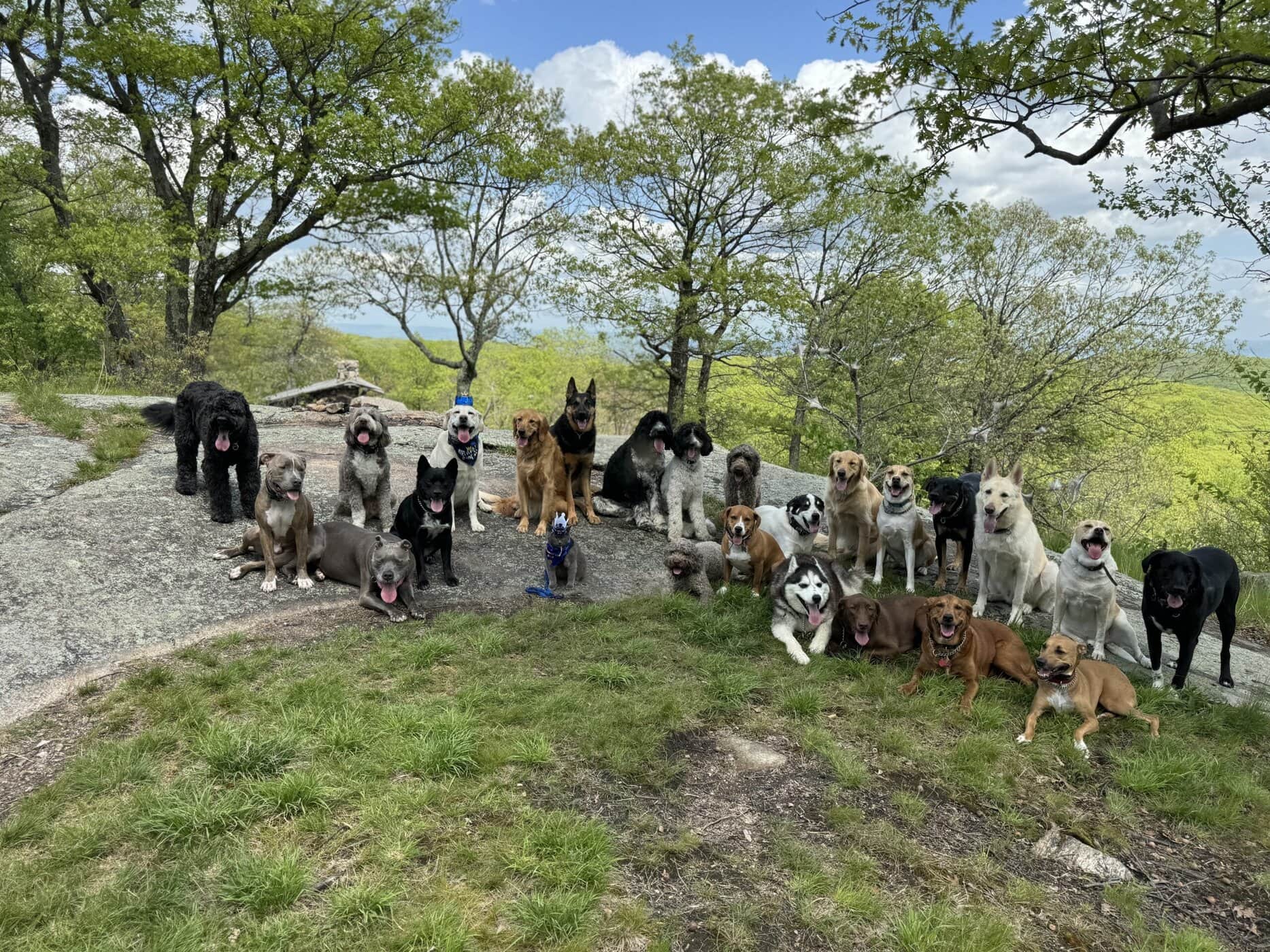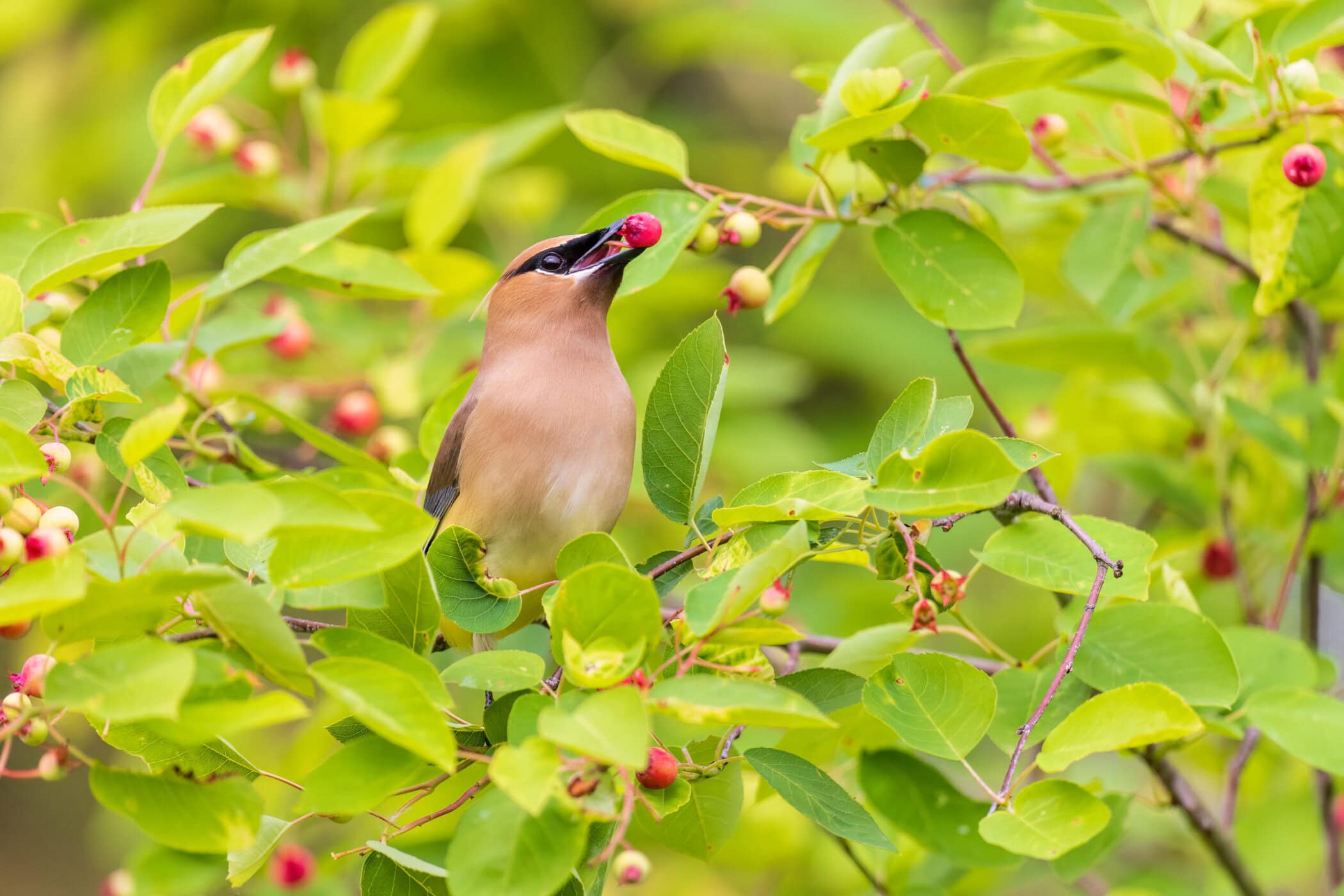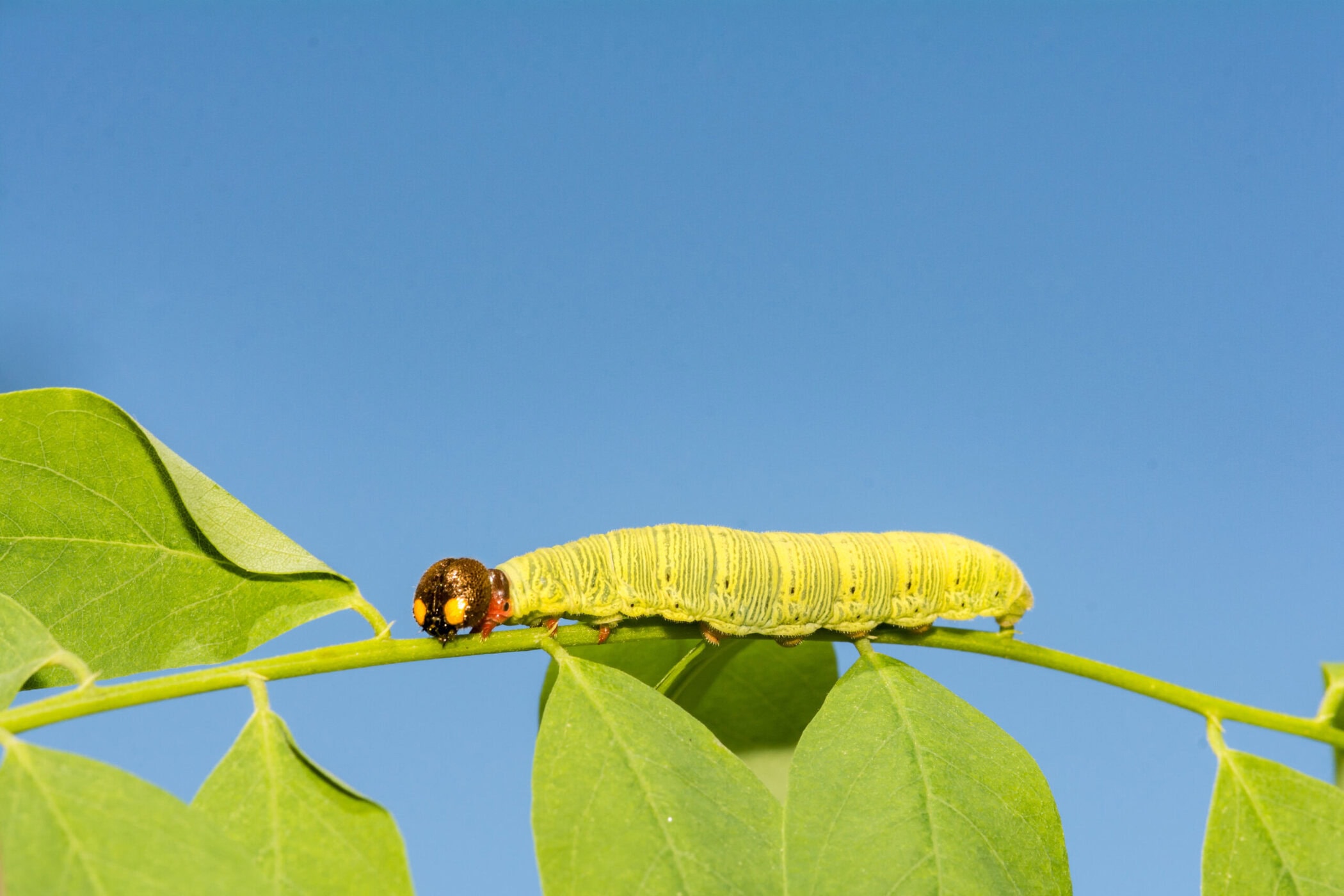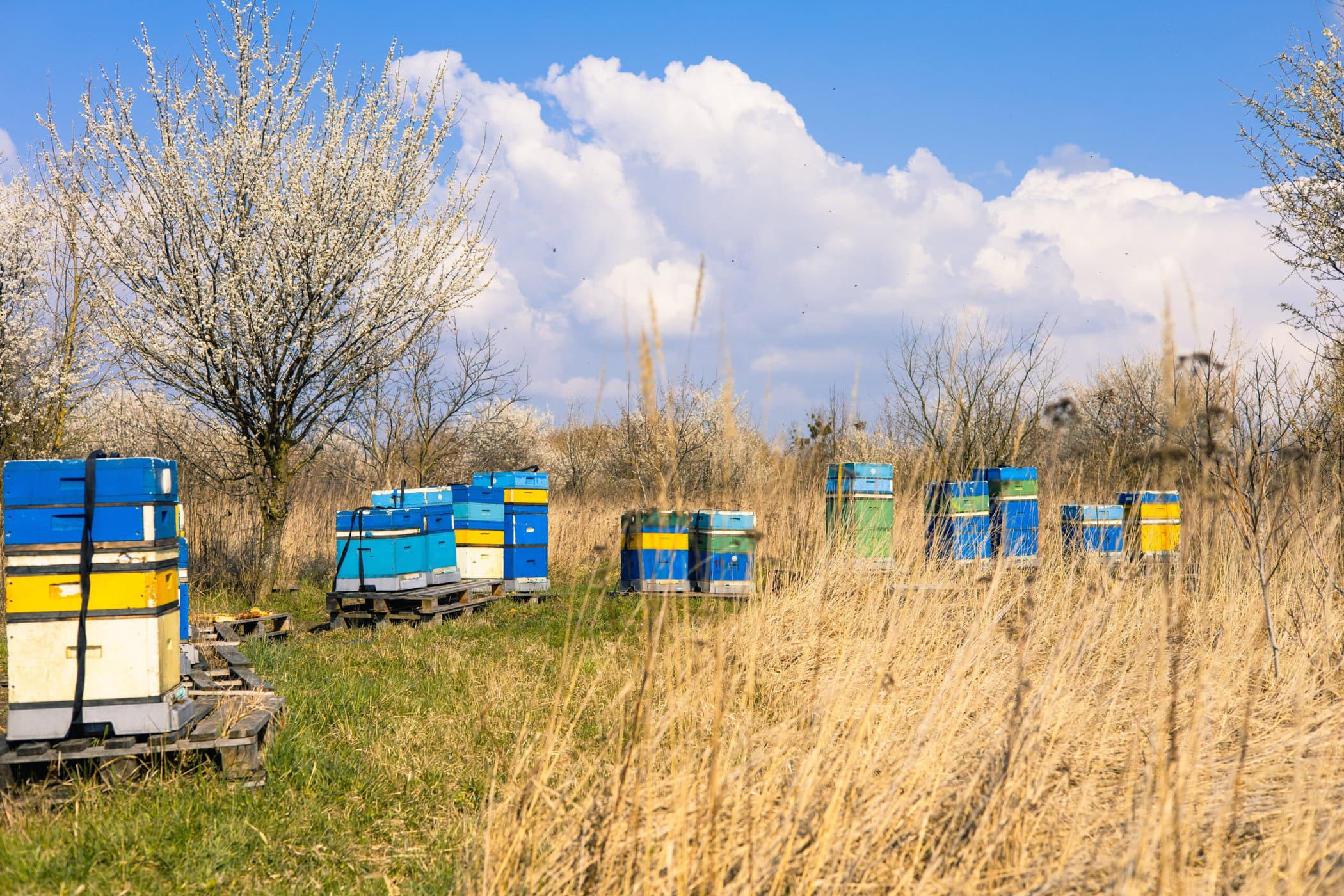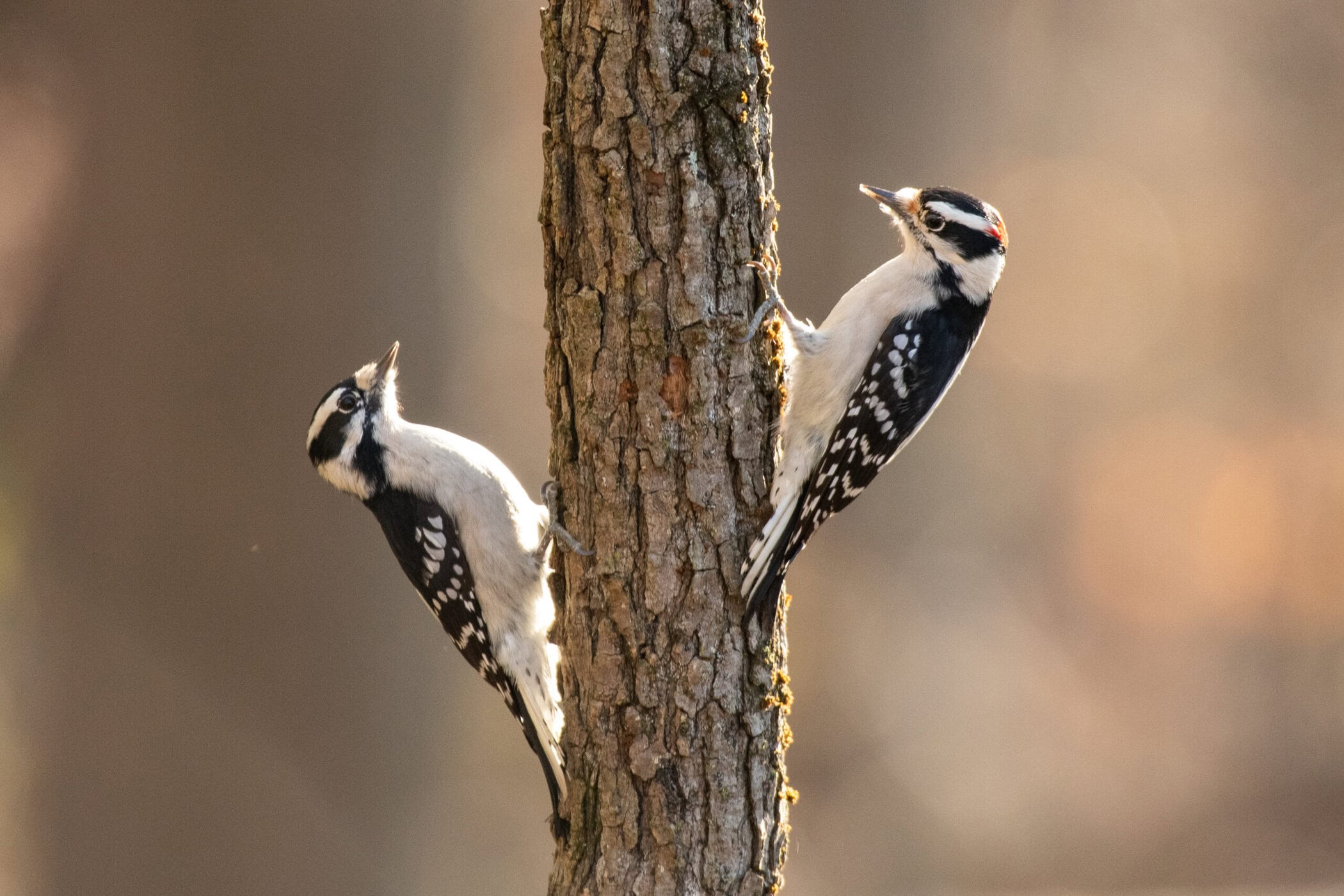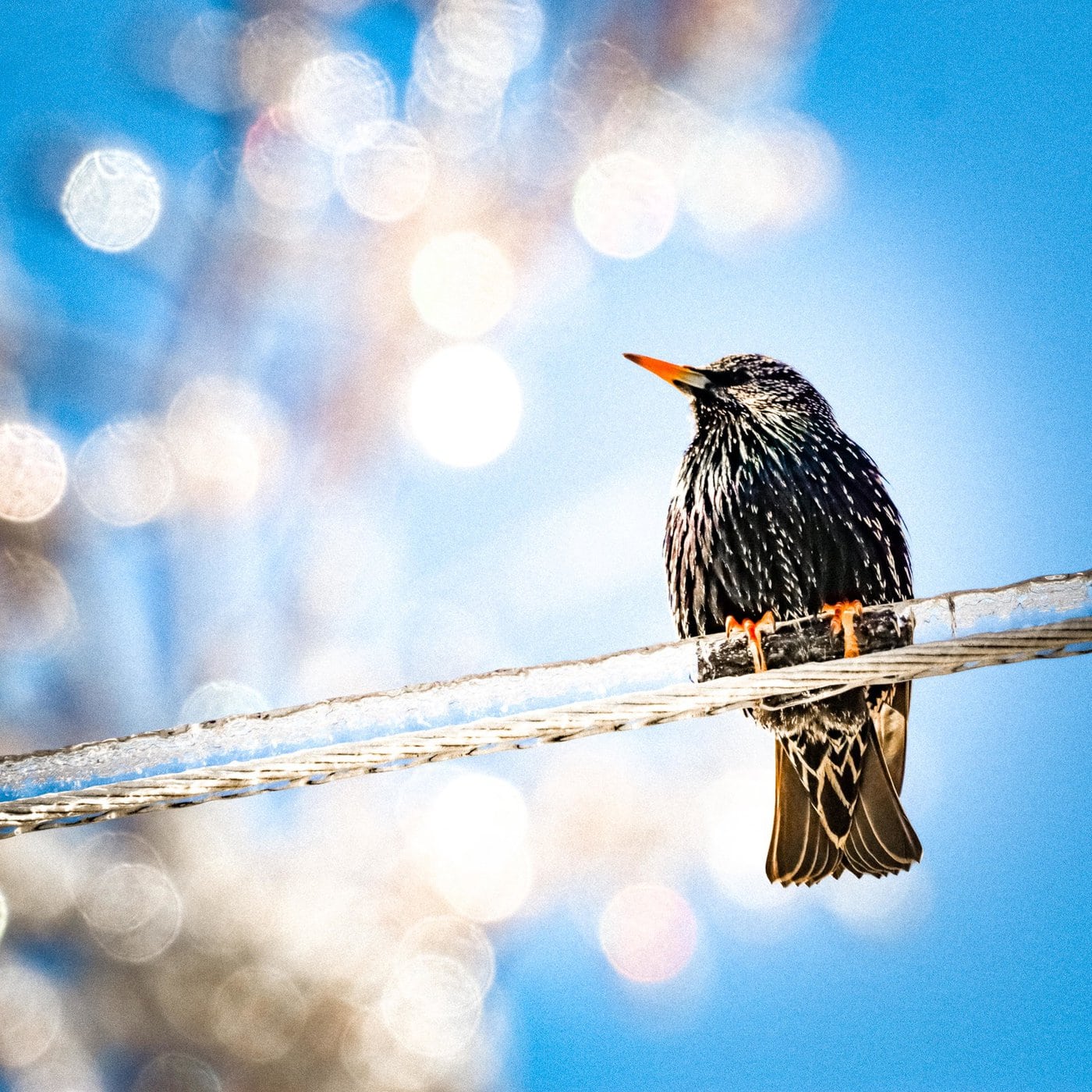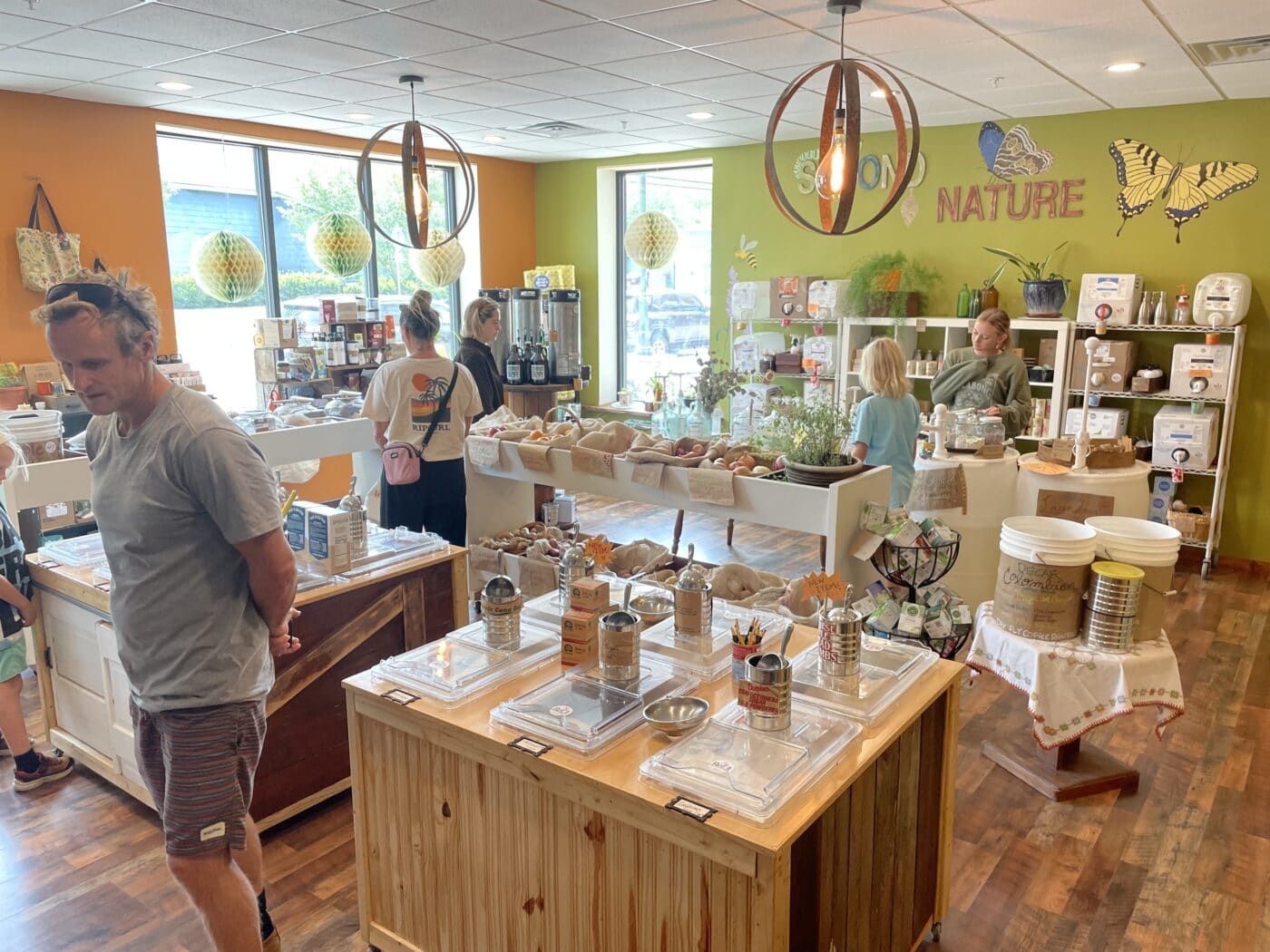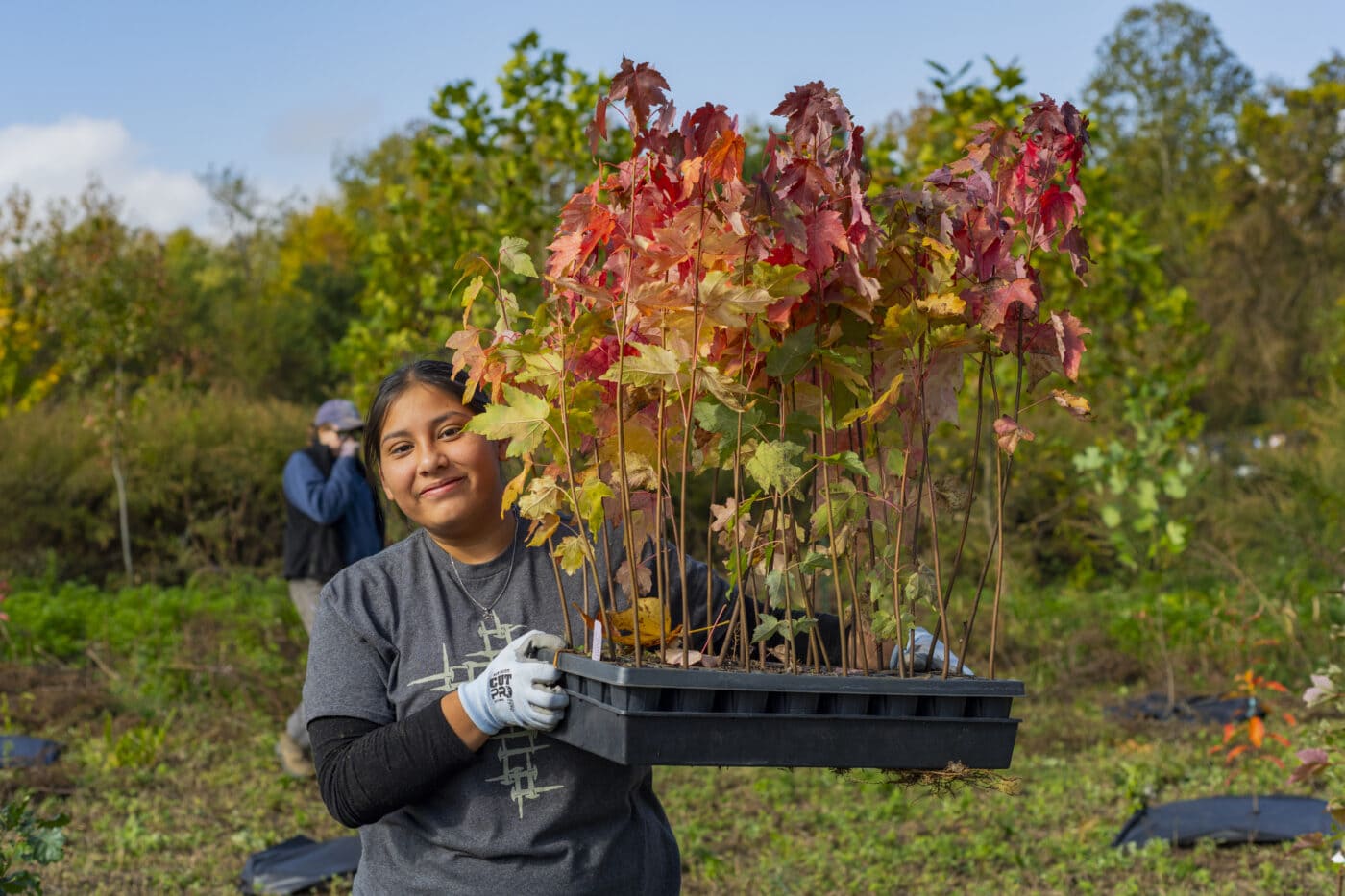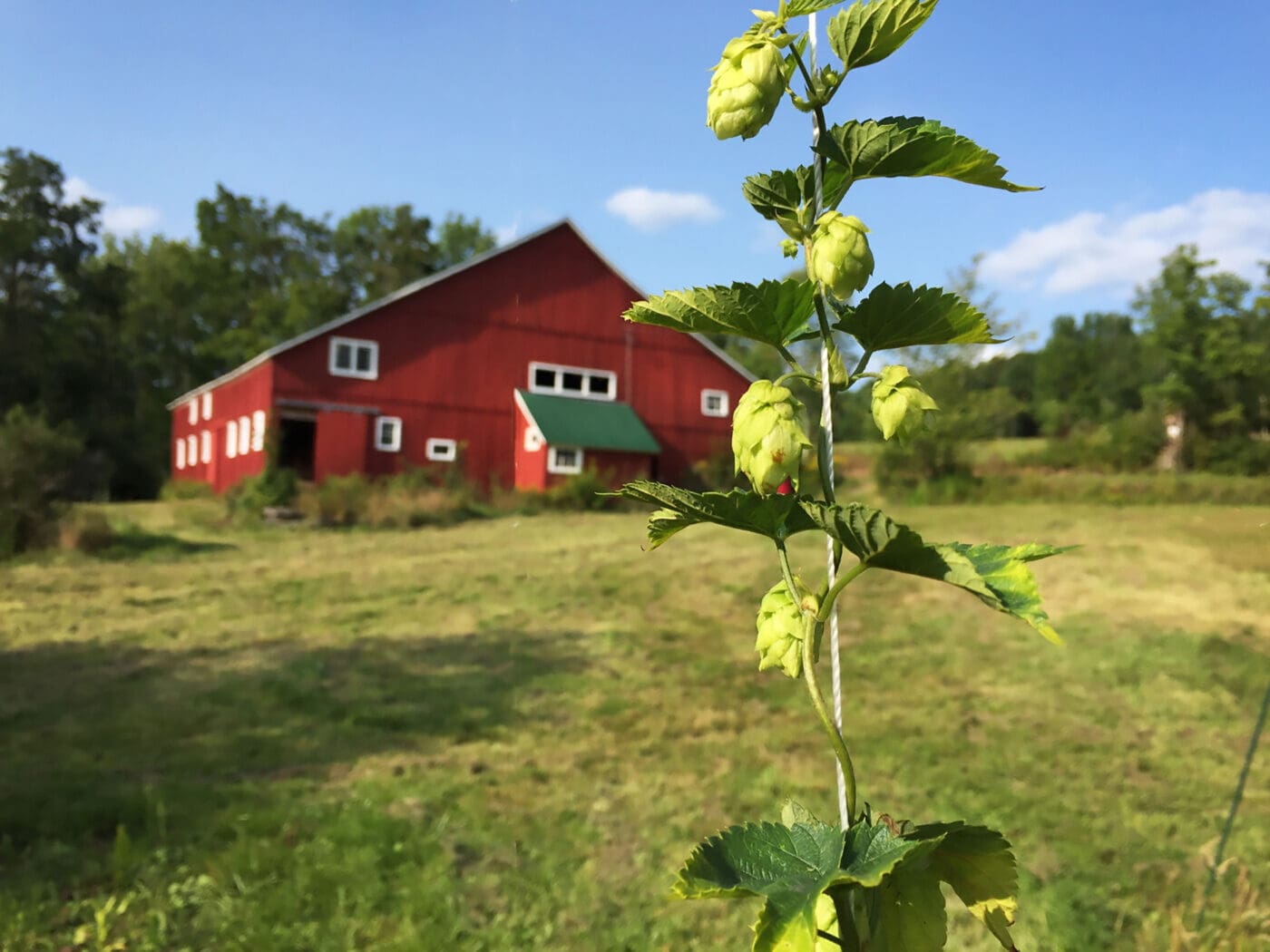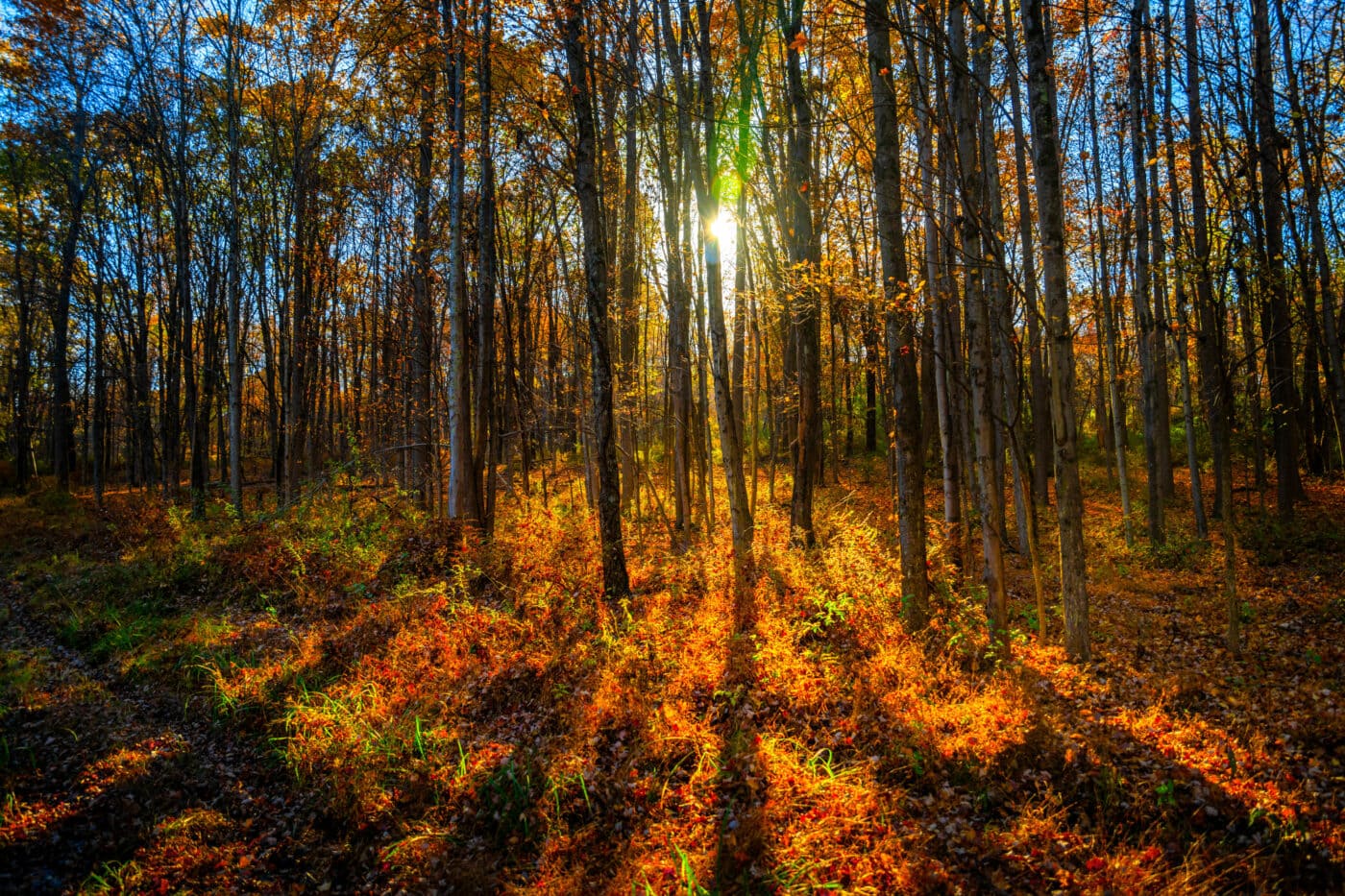Fake greenery sounds easy. Buy and store a wreath for your door, and you can pull it out year after year.
But there are many more benefits to decorating with real, food-boosting greenery, holly, and ornaments, especially outdoors, local growers and florists say — not only for natural beauty, but also for the benefit of birds.
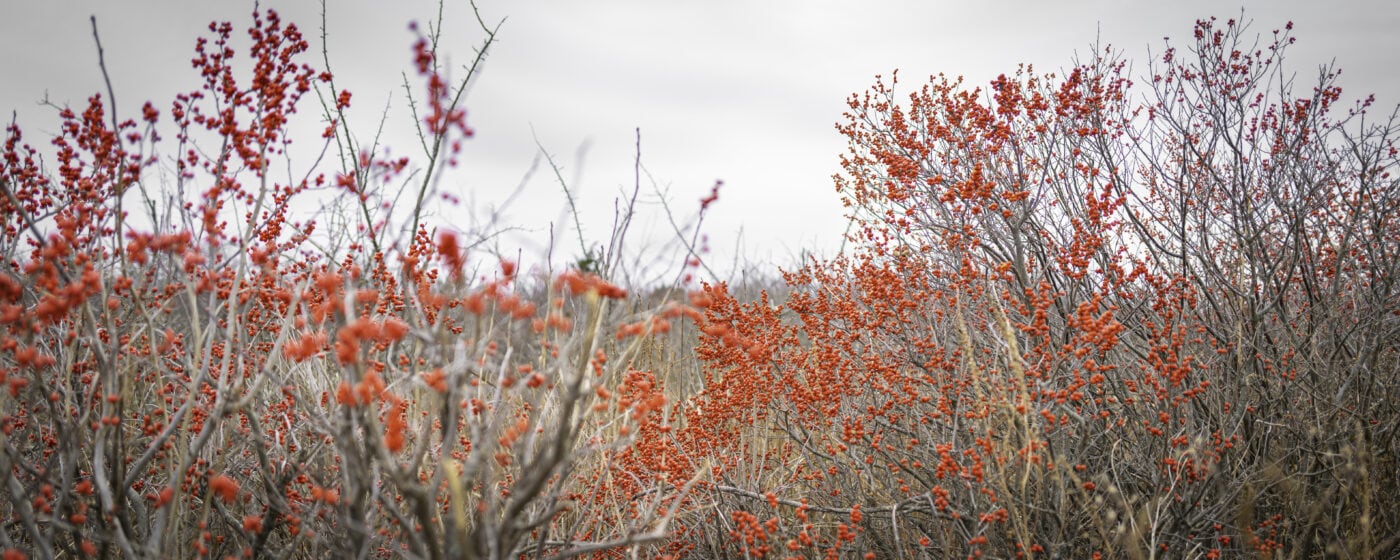
Multiple species of holly are found growing naturally in the Hudson Valley, including winterberry and American holly. (The charmingly named possumhaw has also been spotted here, although the region is fairly far north in the range for that species of red-berried plant.)
“In the winter the berries of winterberry are incredibly vibrant. They pop,” says Jeff Binkley, project manager for native nursery One Nature LLC in Beacon. “They’re a food source for wildlife, which is a plus — songbirds and a range of small mammals.”
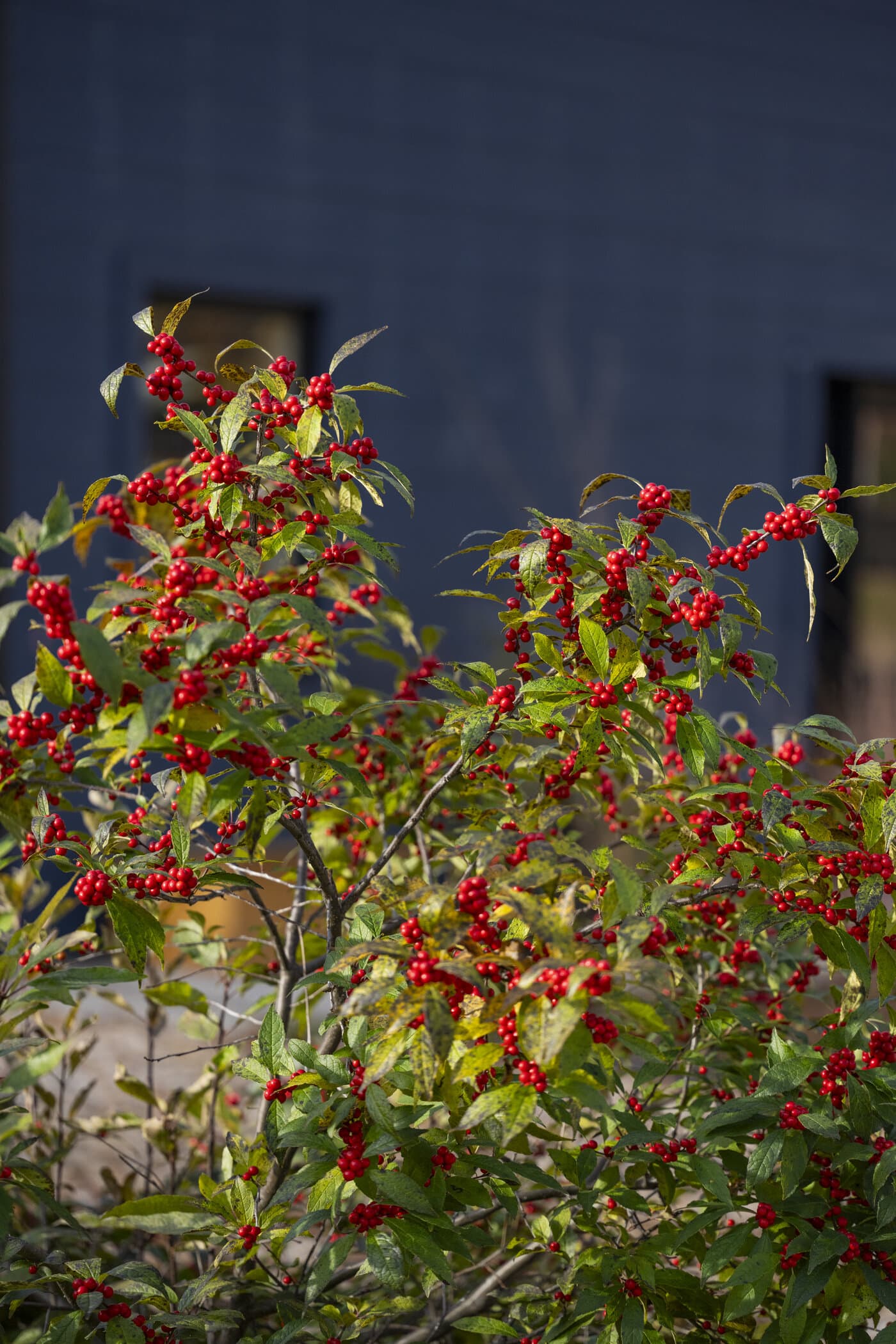
Foraging for greenery isn’t necessarily recommended, at least beyond your own yard. It’s prohibited in New York state parks, as well as Scenic Hudson parks, since it can disturb habitats. Instead, consider planting your own winterberry or American holly bush, asking a friend or neighbor to trim off a bit of theirs, or buying a wreath with winterberry locally.
When you plant site-appropriate native species, “those are the plants that will be most likely to succeed, because they’re from this area, and they’ve evolved to succeed under the climatic conditions we have here,” Binkley says. “Likewise, the wildlife species here have evolved to rely on these species for food, for structure, for shelter. Our environment is under constant pressure from introduced non-native species that have escaped the garden and can have disastrous effects on our local ecosystem.”
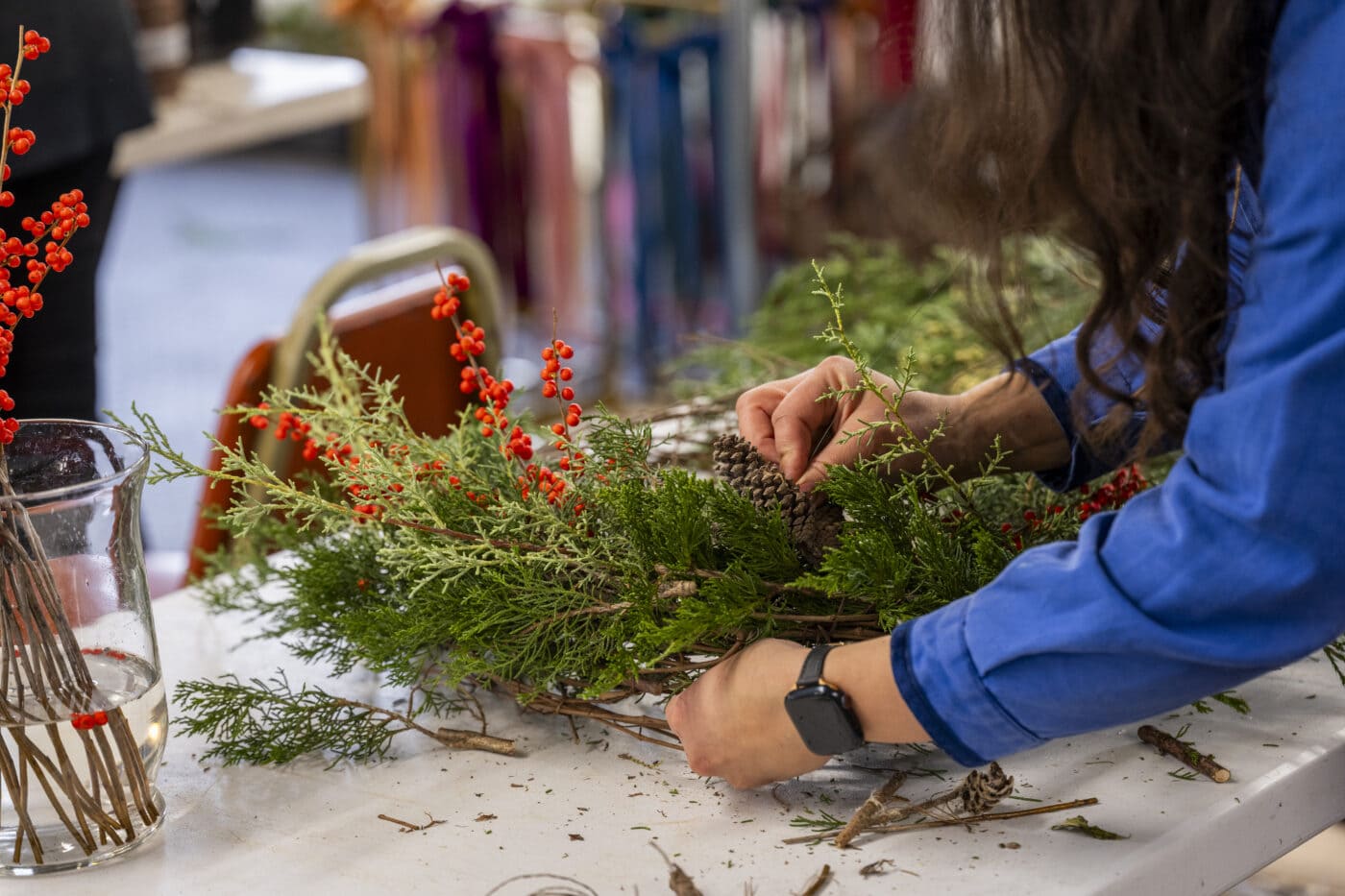
As fresh wreath-making has become more and more popular, local workshops using regional greenery and vibrant touches like winterberry are popping up everywhere from Catskill Mountain Gardening & Boutique in Kingston to the Hudson Valley Wreath Co. in Hopewell Junction. The Parcel Flower Co. in Cold Spring also offers a DIY winter wreath kit of all natural, biodegradable, and locally grown materials, says owner Marcella Rodriguez Broe. Grapevine forms the structure of the wreaths, and conifers like noble fir and white pine form the green base. Winterberry adds a pop of red, and juniper adds contrasting blue berries.
The wreaths are meant to last all season long, and multiple customers have told her they’ve left theirs up through spring because birds have nested in them. “Conifers have a wax coating on the leaf, which is why they stay hydrated for so long,” Broe says. “It’s mostly the greens and the grapevine leaf that birds feel at home in, and then probably having the berries nearby encourages them with a food source. It’s beautiful to get to see the little birds actually leave the nest.”
The one holiday decoration you don’t want to go native on, however, actually is found naturally in the region: mistletoe. Eastern dwarf mistletoe is a native species to the Hudson Valley, but it’s a parasitic perennial. “The mistletoe can pretty much devastate stands of spruce and other conifers, so it’s definitely something you wouldn’t want to introduce into your yard,” Binkley says. “It has its place in the ecosystem, but the role that it plays is typically at odds with the goals of most homeowners.”
To keep your wreaths and other natural decorations avian-friendly, avoid netting or strings that might catch or injure birds, experts say. Put decals on windows so birds don’t fly into them.
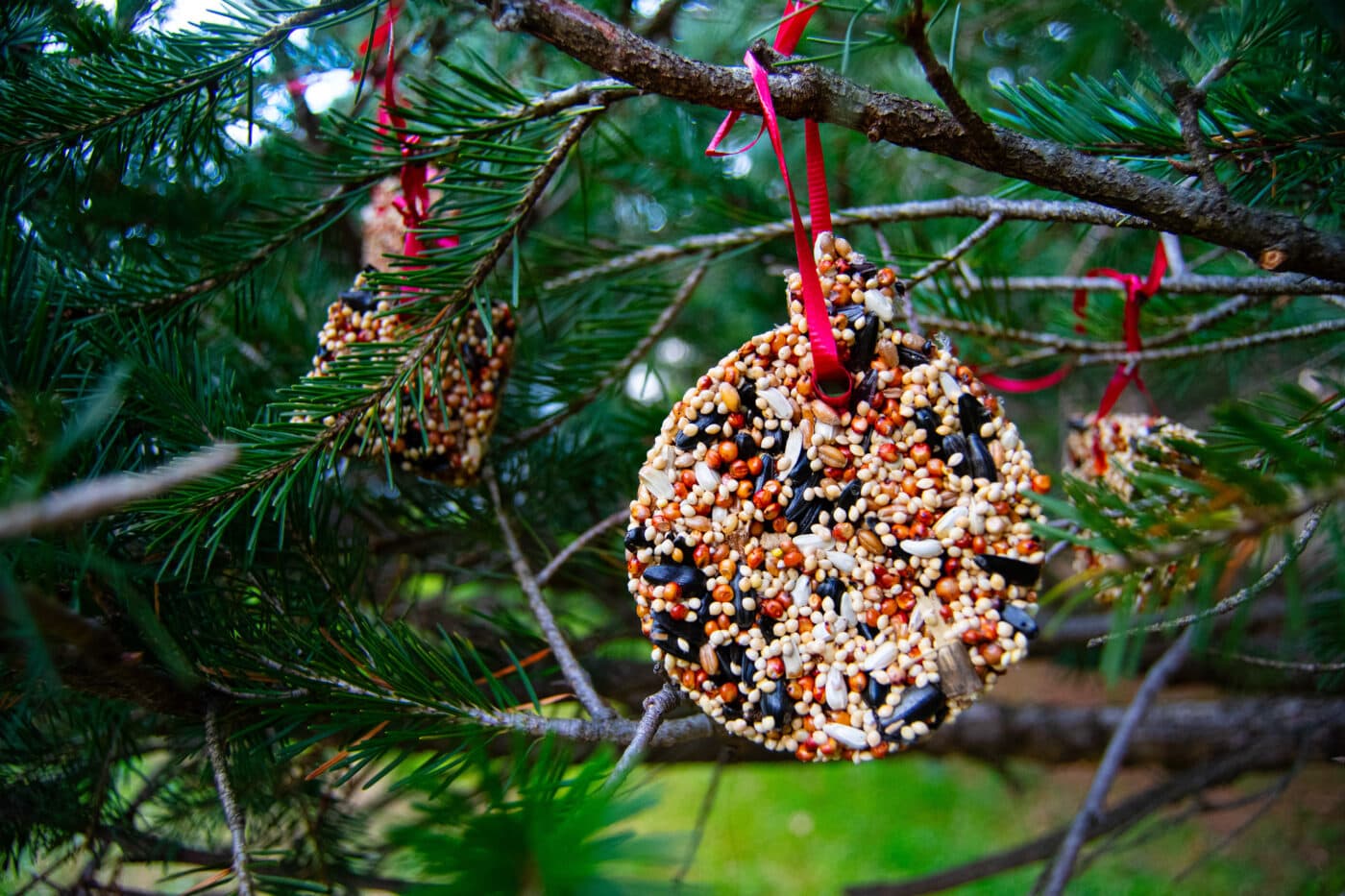
And be careful with lights. Take care not to damage branches when you string them, and be thoughtful about when they’re on. “Light pollution is a huge problem for a number of species,” Binkley says. “It can be disruptive to migratory patterns and increase predation on certain species that normally forage dawn to dusk — when there’s light pollution they forage later into the evening.”
Another way to be bird-friendly with your decorations: consider hanging natural ornaments from your trees that are actually meant to feed flyers. They could be as simple and easy as a pinecone spread with peanut butter and sprinkled with birdseed. Or you could use clear gelatin, cookie cutters, and birdseed to DIY ornaments in festive shapes.
These kinds of decorations don’t have to be limited to the holidays, either — they can be left up all winter long. As Broe says: “It’s a way of having a little bit of life when everything is in hibernation.”



